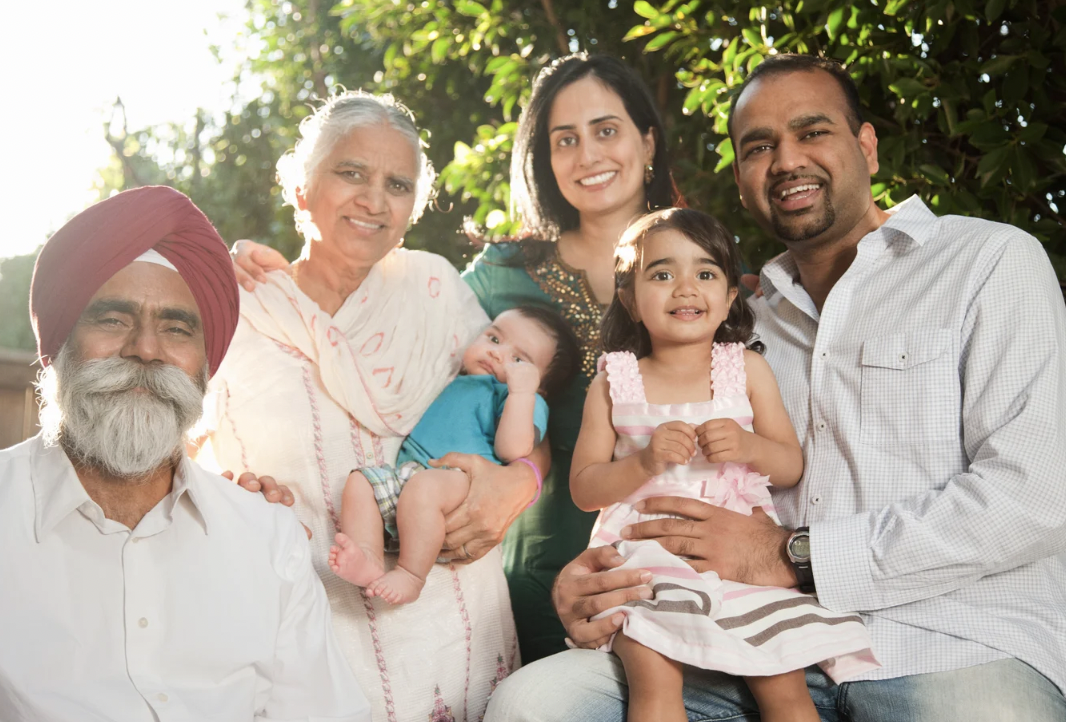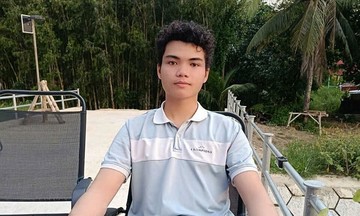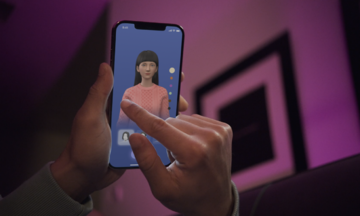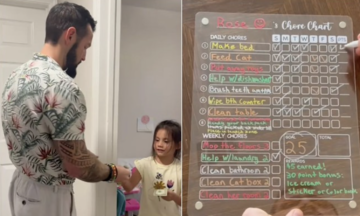Japanese children going to school and doing chores on their own.
In early 2022, the Japanese reality TV show *Old Enough* (First Errands), which documented 2- to 5-year-old children performing simple tasks like shopping alone, became a global sensation.
Despite the arranged setup to ensure safety and continuous filming, the program reflects a long-standing reality: children in Japan are encouraged to be independent from a young age. In many urban and rural areas, elementary school students often walk or use public transportation to school, sometimes accompanied by peers.
The culture of empowering children early is also evident in schools. According to the Japanese Ministry of Education's regulations, from first grade, students participate in cleaning classrooms, restrooms, and serving lunch to their friends. A 2020 survey by the Ministry showed that over 95% of elementary schools nationwide implemented this self-service practice daily.
A 2023 report by the Japanese National Statistics Bureau noted that 91% of parents let their children go to school alone before the age of 9, with most believing this fosters independence and a sense of community.
Northern European children napping outdoors.
In Denmark and Finland, leaving babies to nap in strollers outside cafes or restaurants is common. Parents often sit near the window to observe their children while dining or chatting.
This practice stems from the belief that cold, fresh air helps children sleep soundly, strengthens their immune systems, and promotes physical development. The habit is not only practiced within families but is also common in public nurseries.
According to the Finnish Health and Welfare Agency, over 90% of children under one year old in the country are put to nap outdoors daily, unless the temperature drops below -15 degrees Celsius.
A 2008 study by the University of Oulu, Finland, found that children sleeping outdoors have naps that are 90 minutes longer on average compared to sleeping indoors.
 |
Illustrative photo: *Huffpost* |
Children are not required to wear tops at many European beaches.
In Spain, Germany, and some other European countries, children of all genders can wear swimming trunks without shirts when swimming at the beach or in pools. Little girls running around in just their swimming bottoms is not considered unusual or offensive.
Many parents believe that wearing one-piece or two-piece swimsuits is unnecessary and even inconvenient when children need to use the restroom. This view is based on the physiological fact that young children have not yet developed secondary sexual characteristics, so they do not need to cover their chests like adults.
In many European countries, attitudes towards nudity in general are also more open. Some beaches allow women to sunbathe topless, and there are even designated areas for fully nude bathers.
According to a 2021 survey by the French social research organization IFOP, nearly 48% of Germans and 28% of French people reported having visited a nude beach at least once in their lives, higher than the European average.
French children eat like adults.
In France, separate children's menus in restaurants or separate dining tables at parties are rare. Young children dine with adults, using full cutlery and porcelain dishes.
Unlike the snacking habits in many countries, French children mainly eat three main meals and one snack. Dinner is often a time for the whole family to gather, with the table set with a tablecloth and served in the same manner as for adults.
At school, students are served a four-course lunch at the table, with at least 30 minutes to eat to ensure proper nutrition and healthy eating habits.
According to Karen Le Billon, a Canadian author who lived in France, French parents view taste as a skill to be cultivated. They don't force children to eat for nutritional value but encourage them to try foods because they are delicious. This approach helps limit picky eating.
Italian children sleep late.
In Italy, it's not uncommon to see families strolling with strollers in the square at 10-11 p.m. Adults dine late, and children often join them, even if a younger sibling falls asleep on a parent's lap.
Unlike American parents who often invest time and money in training their children to go to bed early to keep the evening for themselves, Italian parents prioritize family time together.
One study shows that Italian children sleep less than children in many other countries until the age of 6. However, as they grow older, Italian teenagers develop good "sleep hygiene," meaning healthy sleep habits and environments.
Indian children are often cared for by extended family.
Indians believe that childcare is a shared responsibility among family members, not solely the mother's.
In a decades-long study, anthropologist Susan Seymour observed that children are often cared for by grandparents, aunts, uncles, and older siblings in turns, giving the mother time to work or rest.
"Children grow up in extended families," Seymour said. According to a report by *EducationWorld*, about 16% of the 260 million households in India are multigenerational, where grandparents live with and help care for children.
Analysis of data from the 2017–2018 Longitudinal Ageing Study in India, a national survey of over 25,650 elderly people, found that those who cared for grandchildren had 16% higher life satisfaction rates than those who did not.
This model not only reduces the burden on parents but also strengthens intergenerational connections, demonstrating that multi-person caregiving is normal and positive.
Ngoc Ngan (*Huffpost*)












